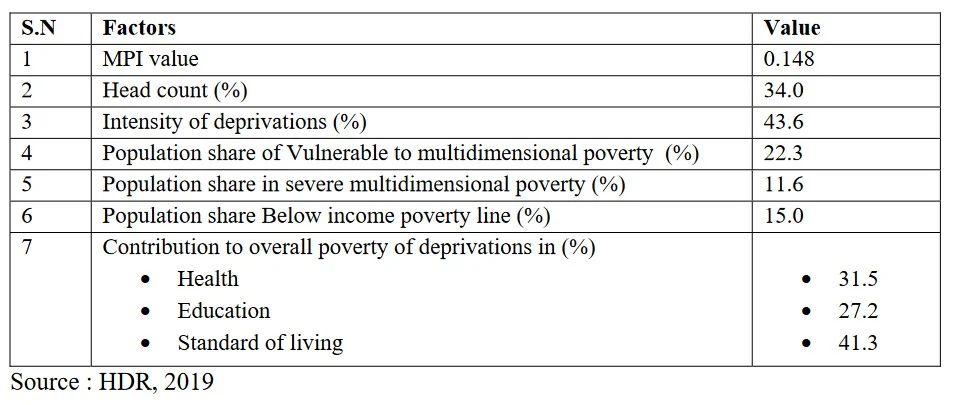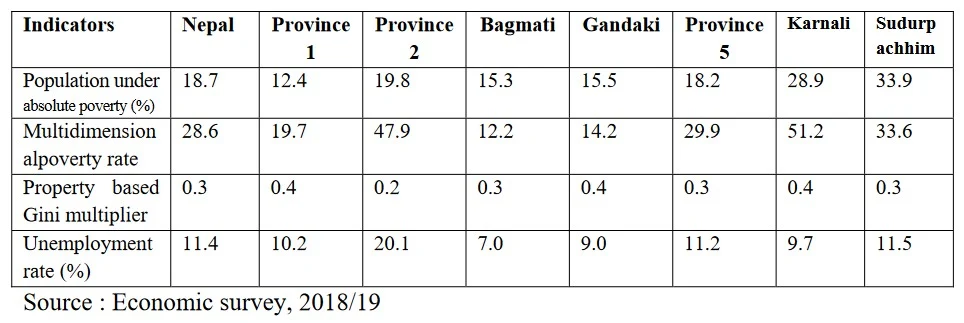Current Situation of Poverty in Nepal:
Nepal is one of the poorest countries in South Asia and ranks as the eighteenth poorest countries in the world. However, over the last decade, the country has made considerable progress reducing poverty but is still falling behind. Urban poverty declined from 22% to 15% and rural poverty declined from 43% to 27%.About four-fifths of the working population live in rural areas and depend on subsistence farming for their livelihoods. In these areas, the majority of households have little or no access to primary health care, education, clean drinking water, and sanitation services. Life is a constant struggle for survival.
Some poor families in Nepal are often obliged to send their children to work rather than to school. In this way, the poverty cycle is reused in the next generation.
It is estimated that about one-quarter of children in Nepal between four and five years old are engaged in some kind of family or wage labor.
In Nepal, only less than half of the population has access to safe drinking water and about half the children below five years of age are underweight. The average age that people live in Nepal is about 69.6 years while countries like Monaco and Japan have achieved a life expectancy of about 89.52 and 84.74 years respectively. This is mainly due to the lack of clean water, poverty, and unavailability of basic health care, etc in Nepal.
The situation of the people in Nepal below the poverty line can be presented as follows:
Poverty Indicators in Nepal




0 Comments
If this article has helped you, please leave a comment.